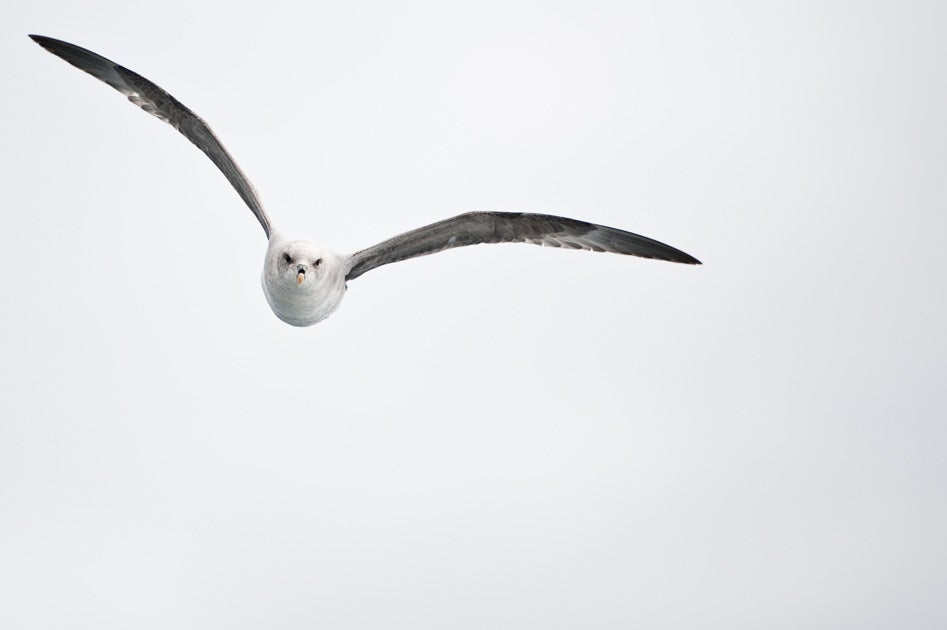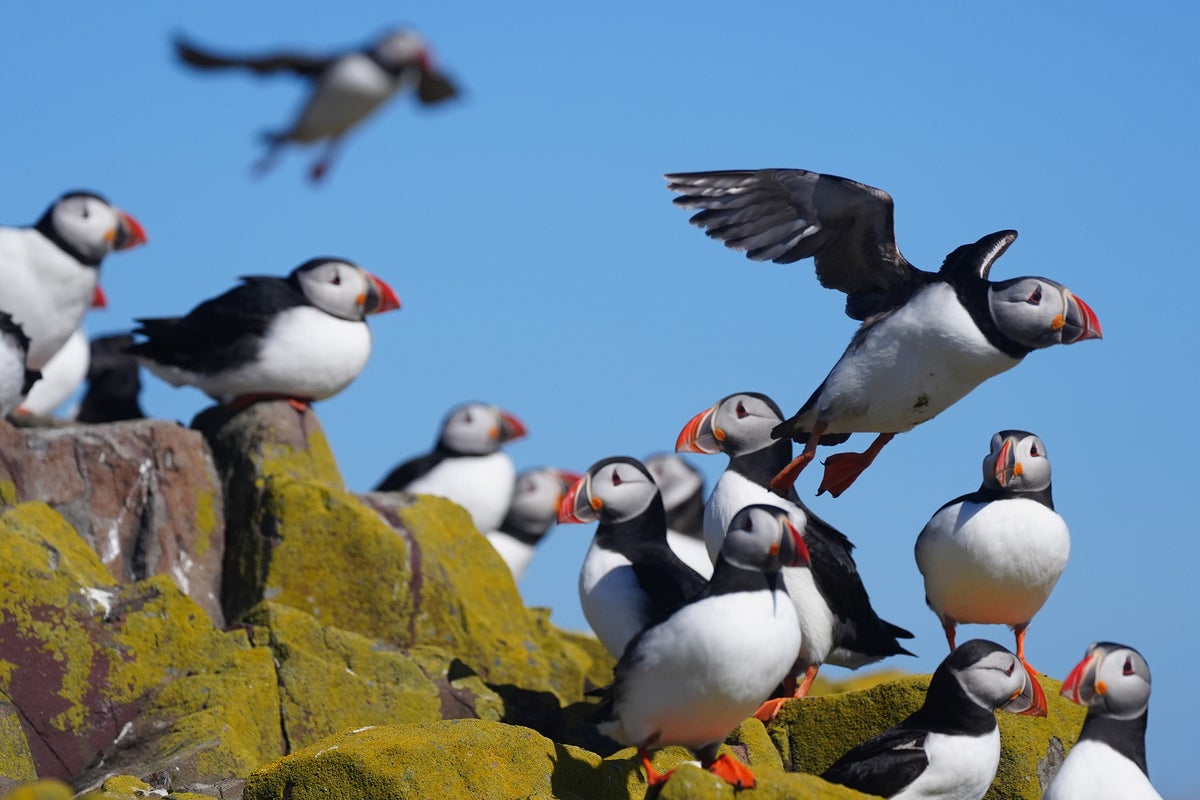- News
- UK
- Home News
The National Trust says the data alone doesn’t tell the whole story
Tom WilkinsonWednesday 26 November 2025 00:01 GMTComments
 CloseRelated: Puffin blown 100 miles from seaside nest found in Hereford garden
CloseRelated: Puffin blown 100 miles from seaside nest found in Hereford garden
Get the free Morning Headlines email for news from our reporters across the world
Sign up to our free Morning Headlines email
Sign up to our free Morning Headlines email
 Email*SIGN UP
Email*SIGN UPI would like to be emailed about offers, events and updates from The Independent. Read our Privacy notice
Puffin numbers on the internationally important Farne Islands have plummeted by almost a quarter, a new survey reveals.
The National Trust, which manages the Northumberland coast islands, reported breeding pairs fell 23 per cent, from 50,103 in 2024 to 38,500 this year.
While significant, the trust cautioned against interpreting this as a sudden population decline, stressing the need for long-term trend monitoring.
This is because counting puffins is a “notoriously complex task”, National Trust head of nature conservation Ben McCarthy said.
“There is no single perfect method, and annual variations in survey conditions, puffin behaviour, and environmental factors all influence the count,” he said.
“While the decline in numbers is concerning, it’s important to view this year’s results within the broader context of global puffin trends.”
 open image in galleryPuffins on the Farne Islands (Owen Humphreys/PA Wire)
open image in galleryPuffins on the Farne Islands (Owen Humphreys/PA Wire)National Trust experts said the bird flu outbreak in 2022 and 2023 did not affect the puffin population as badly as other species.
But factors which may have affected their numbers include extreme weather such as Storm Arwen, soil erosion and the expanding grey seal colony.
Rangers will put measures in place to deter seals from disturbing the puffin burrows during the birds’ breeding season.
Sophia Jackson, Farne Islands area ranger, said: “We know puffins are facing challenges globally, from climate change to shifting food sources.
“What we’re seeing on the Farnes is part of a much bigger picture.
“This year’s census doesn’t necessarily mean puffins are disappearing overnight – but it does reinforce the need for consistent, long-term data.”
 open image in galleryThe number of Northern Fulmars on the Farne Islands is well up from 2024 (Getty Images)
open image in galleryThe number of Northern Fulmars on the Farne Islands is well up from 2024 (Getty Images)The Farnes attract around 200,000 seabirds every nesting season and the survey has revealed encouraging trends in other species.
The National Trust said the Northern Fulmar numbers were up from 106 pairs in 2024 to 235 and Common Eiders are up 50 per cent.
The numbers of Greater Black-backed Gull, Herring Gull, European Shags and Razorbills were also up.
Arctic Terns, another species for which the Farnes are known, increased by over 26 per cent on 2024 figures, from 410 to 519 nesting pairs, which was welcomed as they face increasing pressure from climate change and food availability.
The 28 Farne Islands, some of which are submerged with the tides, stand one-and-a-half miles out to sea and are an internationally recognised haven for wildlife.
More about
puffinsNorthumberlandNational TrustJoin our commenting forum
Join thought-provoking conversations, follow other Independent readers and see their replies
Comments



